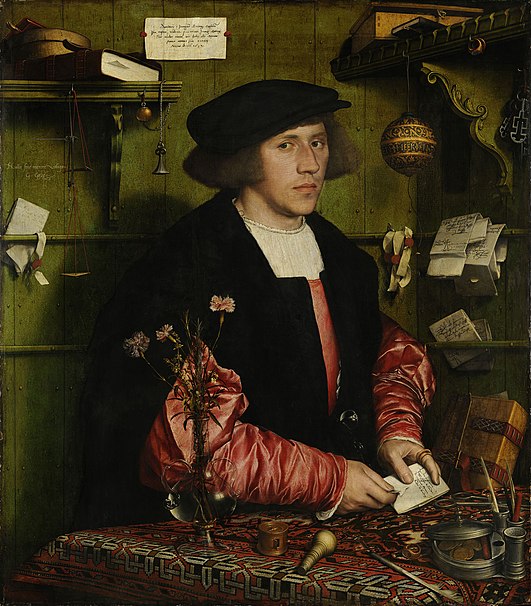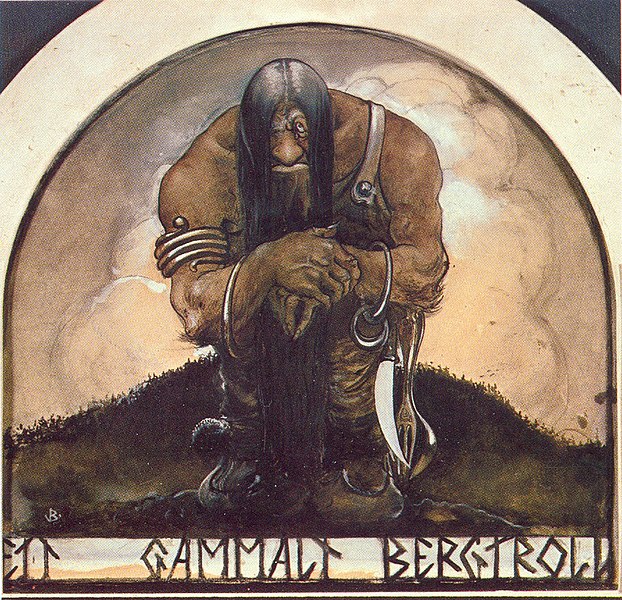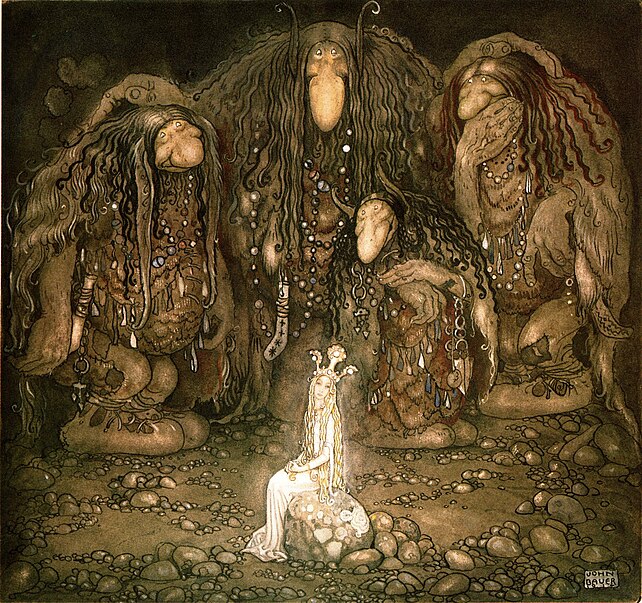WeeWillie
Well-Known Member
- Messages
- 2,556
- Location
- UK
- Type of diabetes
- Treatment type
- Insulin
- Dislikes
- Dictators who positively go out of their way to force misery, tears and fears, upon their countryman's lives.
Politicians who, in dealing with dictators, have a wishbone where a backbone should be.
Dear fellow members, as it gradually became desirous of me,I have decided to pose the following;
May I, without hint of conceit exuding from my inner being, humbly offer a sprinkling of culture
by way of artistic skill, a selection of paintings by various artists.
If but one member finds this subject sparks favourable attention to heart and soul, then it
would please me, nae, it would place untold joy and honour upon this little heart of mine,
thus encouraging me to post many more of the said paintings for you and yours enjoyment.
So, I shall leave you to peruse the following small offering as an example.
If perchance, you have continued reading thus far, then I thank you from the bottom of my heart,
and of course, from my wife's bottom also.
What a load of tosh, anyone enjoy art/paintings? :lol:
St Eligius In His Workshop
by Christus Petrus.
Recorded dates vary slightly
1410-1475 / 1410 - 1473
Brief bio below images.


St Eligius In His Workshop
by Christus Petrus.
Recorded dates vary Slightly
1410-1475 (1410 - 1473)
St Eligius, in Limousin, notably in the making of reliquaries has become one of the most popular saints of the Christian West.
Ancient tradition credits him with extraordinary talent as a goldsmith.
St Eligius in His Workshop is, to this day the best-known and most loved painting of Petrus Christus. It shows two young fiancés who have brought the patron saint of goldsmiths a quantity of precious metal to be melted down and fashioned into rings as token of their love.
Christus offers an extremely detailed representation of the goldsmith's shop. Not only are there all the instruments of the trade, but also many liturgical objects, carefully arranged on shelves. There is also a convex circular mirror on the right-hand side of St Eligius's table, in an obvious allusion to the Arnolfini Marriage by Jan van Eyk. In it we can see the reflection of a square, with a couple of passers-by.
Although the presence of the saint gives the work a religious dimension, this remains essentially a genre painting: that is, a representation of secular and commercial activities, a scene from everyday life.
May I, without hint of conceit exuding from my inner being, humbly offer a sprinkling of culture
by way of artistic skill, a selection of paintings by various artists.
If but one member finds this subject sparks favourable attention to heart and soul, then it
would please me, nae, it would place untold joy and honour upon this little heart of mine,
thus encouraging me to post many more of the said paintings for you and yours enjoyment.
So, I shall leave you to peruse the following small offering as an example.
If perchance, you have continued reading thus far, then I thank you from the bottom of my heart,
and of course, from my wife's bottom also.
What a load of tosh, anyone enjoy art/paintings? :lol:
St Eligius In His Workshop
by Christus Petrus.
Recorded dates vary slightly
1410-1475 / 1410 - 1473
Brief bio below images.


St Eligius In His Workshop
by Christus Petrus.
Recorded dates vary Slightly
1410-1475 (1410 - 1473)
St Eligius, in Limousin, notably in the making of reliquaries has become one of the most popular saints of the Christian West.
Ancient tradition credits him with extraordinary talent as a goldsmith.
St Eligius in His Workshop is, to this day the best-known and most loved painting of Petrus Christus. It shows two young fiancés who have brought the patron saint of goldsmiths a quantity of precious metal to be melted down and fashioned into rings as token of their love.
Christus offers an extremely detailed representation of the goldsmith's shop. Not only are there all the instruments of the trade, but also many liturgical objects, carefully arranged on shelves. There is also a convex circular mirror on the right-hand side of St Eligius's table, in an obvious allusion to the Arnolfini Marriage by Jan van Eyk. In it we can see the reflection of a square, with a couple of passers-by.
Although the presence of the saint gives the work a religious dimension, this remains essentially a genre painting: that is, a representation of secular and commercial activities, a scene from everyday life.
























